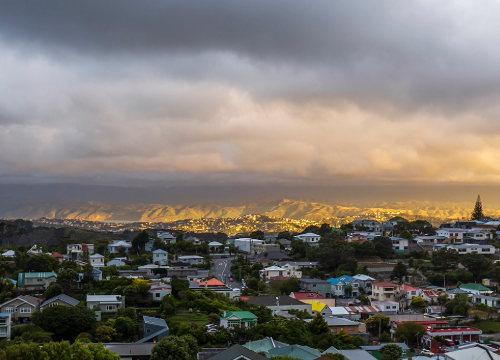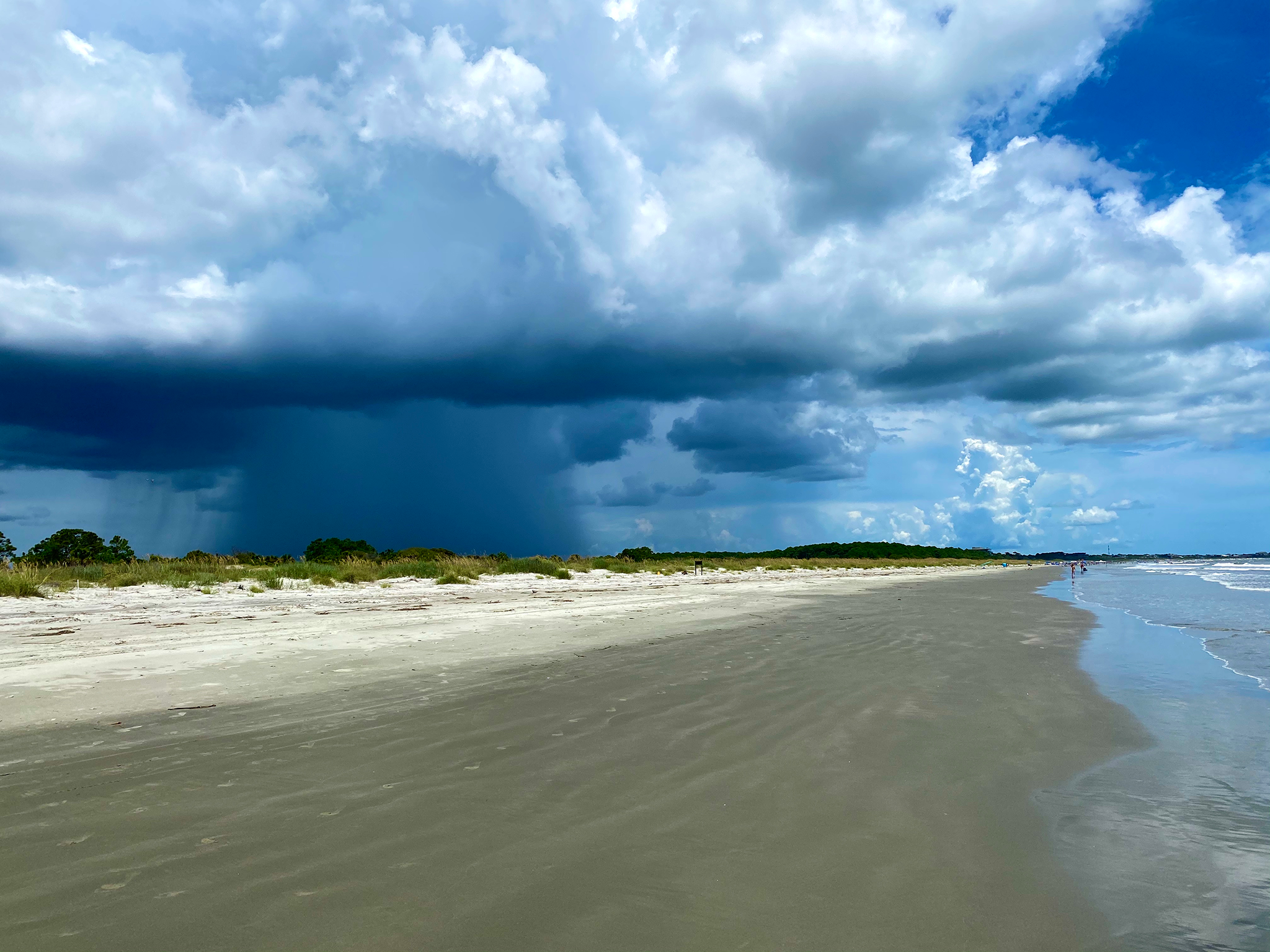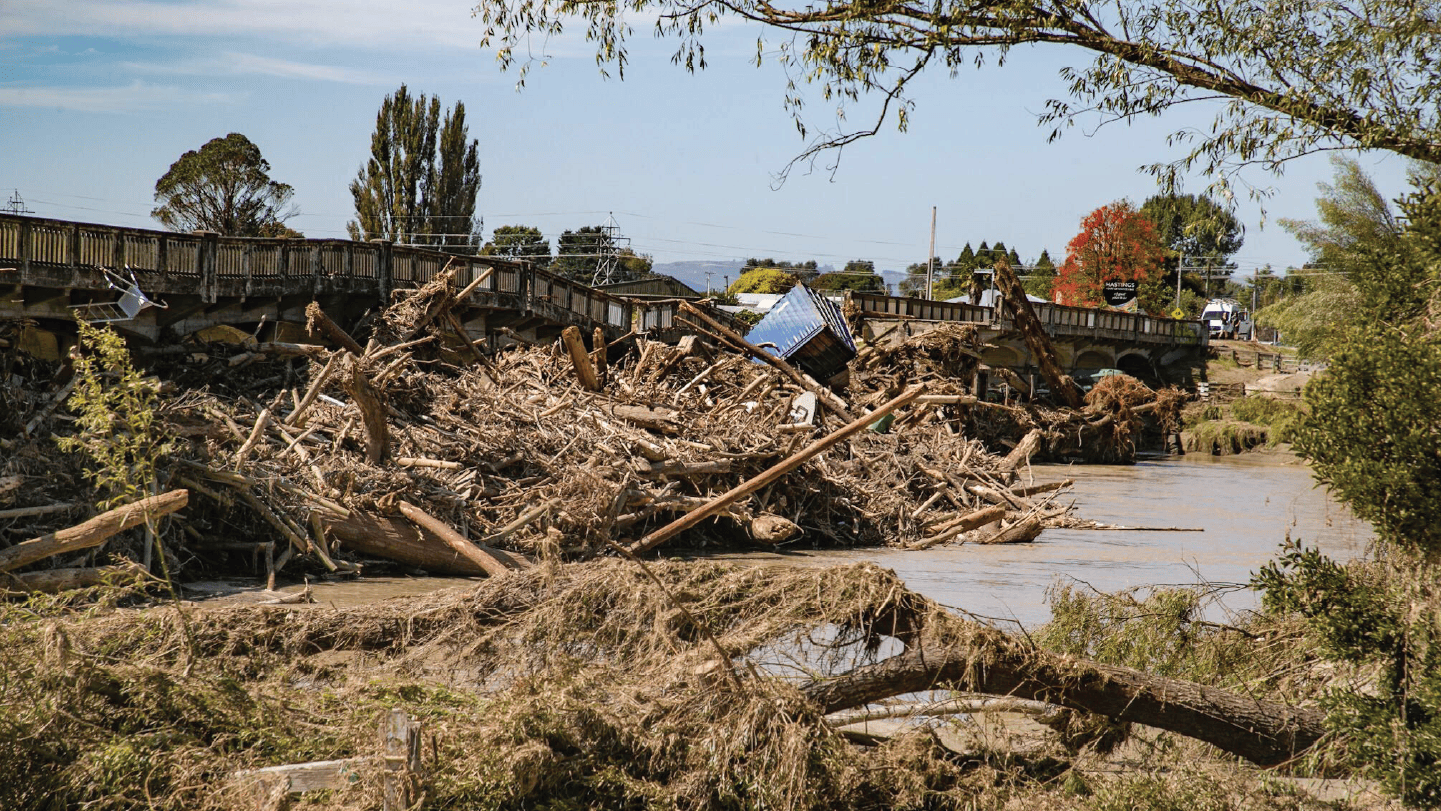Floodwaters can easily become contaminated by sewerage, household chemicals, petrol, oil, and other hazardous substances. Here’s how to identify and deal with water contamination after a flood.
Differences between clean, grey and black water
- Clean water. Comes from a source you know, does not contain significant microbial content and does not pose any harm.
- Grey water. Has a significant level of contamination and has the potential to cause discomfort or sickness if consumed.
- Black water. This is highly contaminated water and extremely unhygienic. It includes water contaminated by silt or sewage.
Seven tips to keep you and your family safe
- Be wary of wood and plastic. Discard wooden spoons and baby bottle teats and dummies if they’ve been covered by floodwaters – there’s no safe way to clean them. If you’re not sure, throw them out just to be safe.
- Keep hose pressure low. A garden hose is useful for washing things down, but be careful not to use high-pressure hoses as they can blast contaminated matter into the air.
- Beware of the air. Flood water can make the air in your home unhealthy due to mould, germs and bugs. Wear protective masks (at least an N-95 disposable dust mask) and talk to your doctor if you have questions or concerns.
- Suit up before you clean up. Make sure you wear protective gear when entering and cleaning the home. Masks, gloves, long pants, long sleeves, gumboots and work shoes.
- Beware of electricity. Check for frayed wires and turn off the electricity at the mains. If you have to step in water to get to your mains box, call an electrician for advice first.
- Look before you step. After a flood, the ground and floors may be covered with debris, including broken bottles, etc. And floors may be slippery, especially if they’ve been covered in mud.
- Look after our littlest citizens. Keep children and pets out of the contaminated area until it’s been given the all clear.
Photo Credit: Stuff.co.nz
You might also like...
-
 October 2024Weather Blog | State Insurance
October 2024Weather Blog | State InsuranceState Wild Weather Tracker – Issue 6
-
 May 2024Weather Blog | State Insurance
May 2024Weather Blog | State InsuranceState Wild Weather Tracker – Issue 5
-
 November 2023Weather Blog | State Insurance
November 2023Weather Blog | State InsuranceState Wild Weather Tracker – Issue 4
